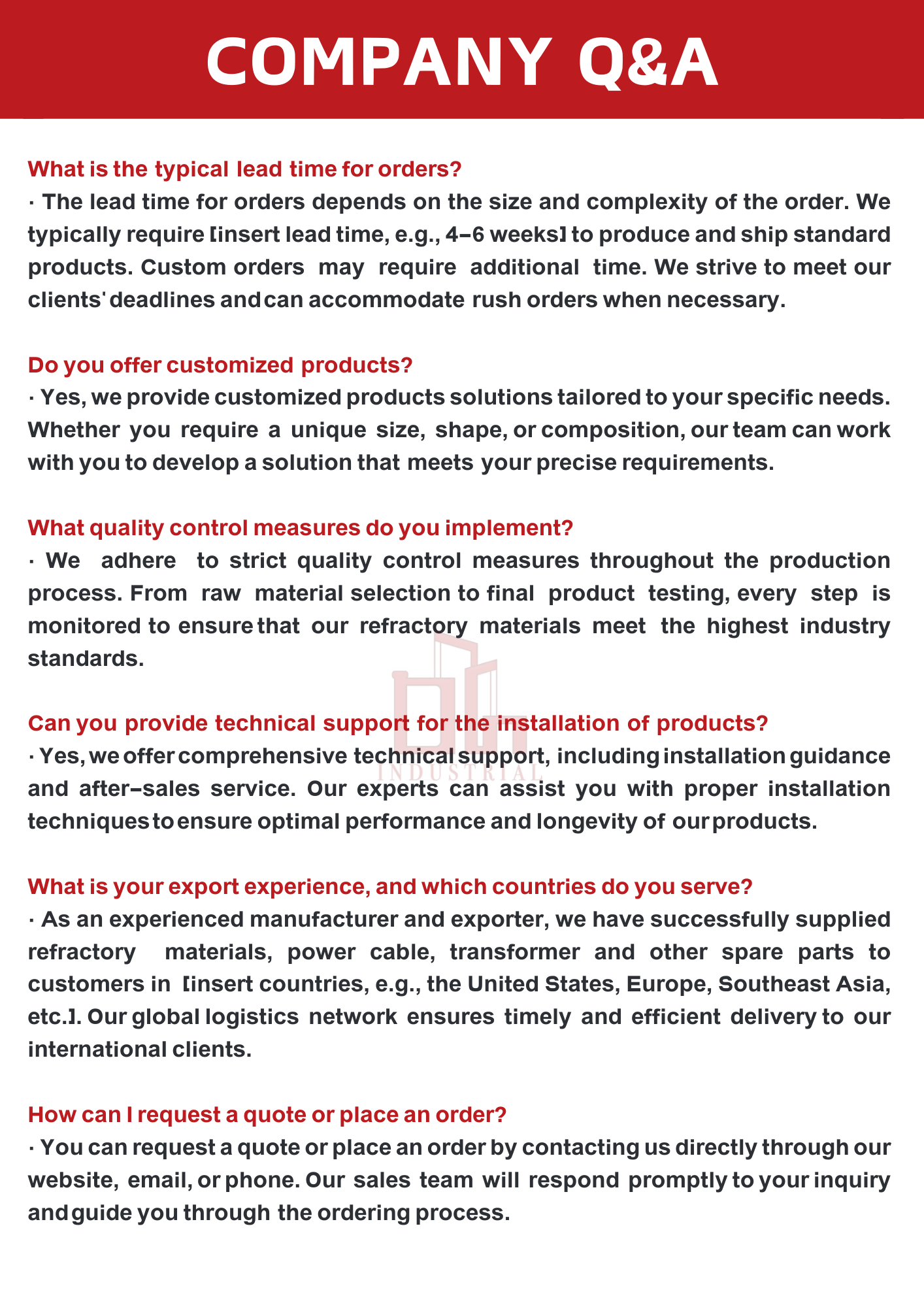We focus on the research and development of electric porcelain/composite insulators and bushings of voltage levels of 1100 kV (±1 100 kV) and below. We mainly provide: AC rod-shaped post porcelain insulators and suspension/post composite insulators; DC rod-shaped post porcelain insulators and rod-shaped suspension composite insulators; hollow porcelain insulators/composite insulators for various electrical equipment in power stations; AC and DC bushings for transformers and reactors; various electrical equipment outlet bushings and wall bushings, etc.
Payment :
In AdvanceProduct Origin :
ChinaShipping Port :
Shanghai PortLead Time :
15 Working daysAC and DC bushings are essential components used in transformers and reactors to provide electrical insulation and connect the internal high-voltage conductors to the external circuitry. The bushings allow for the safe passage of electrical power into and out of the equipment while maintaining the insulation integrity.
AC Bushings: AC bushings are designed for alternating current applications and are used to connect the high-voltage windings of a transformer or reactor to the external electric circuit. These bushings withstand the electrical stresses and provide reliable insulation under normal operating conditions.
DC Bushings: DC bushings, on the other hand, are specifically designed for direct current applications. They handle the unique characteristics of DC current, such as constant polarity and the absence of zero-crossing currents.
Features of AC and DC Bushings:
1. Insulation Material: Bushings are typically made of high-quality insulating materials, such as porcelain or composite materials. Porcelain bushings are commonly used in AC applications, providing excellent electrical insulation and mechanical strength. Composite bushings offer lightweight construction, good arc resistance, and resistance to environmental factors, making them suitable for both AC and DC applications.
2. Capacitive Grading: Bushings are often designed with multiple capacitive layers to provide uniform electric field distribution along the length of the bushing. This ensures effective voltage grading and prevents excessive electrical stress concentrations.
3. Flanges and Connections: Bushings are equipped with mounting flanges or connectors at the outer end to enable secure attachment to the transformer or reactor tank. These connections allow for proper mechanical support and electrical contact with external circuitry.
4. Voltage Ratings: AC and DC bushings are available in various voltage ratings to meet specific application requirements. The voltage rating indicates the maximum voltage the bushing can safely withstand without breakdown.
5. Sealing and Insulation Protection: Bushings are designed with appropriate sealing mechanisms to prevent moisture ingress and maintain the insulation integrity. This ensures long-term reliability and performance of the bushing.
6. Surge Arresters: In certain applications, surge arresters may be integrated into the bushings to provide additional protection against transient voltage surges and lightning strikes.
AC and DC bushings are critical components in high-voltage electrical equipment, enabling safe and reliable power transmission and distribution. It is important to select the appropriate type, design, and rating of bushings based on the specific application requirements and electrical system characteristics

Tags :